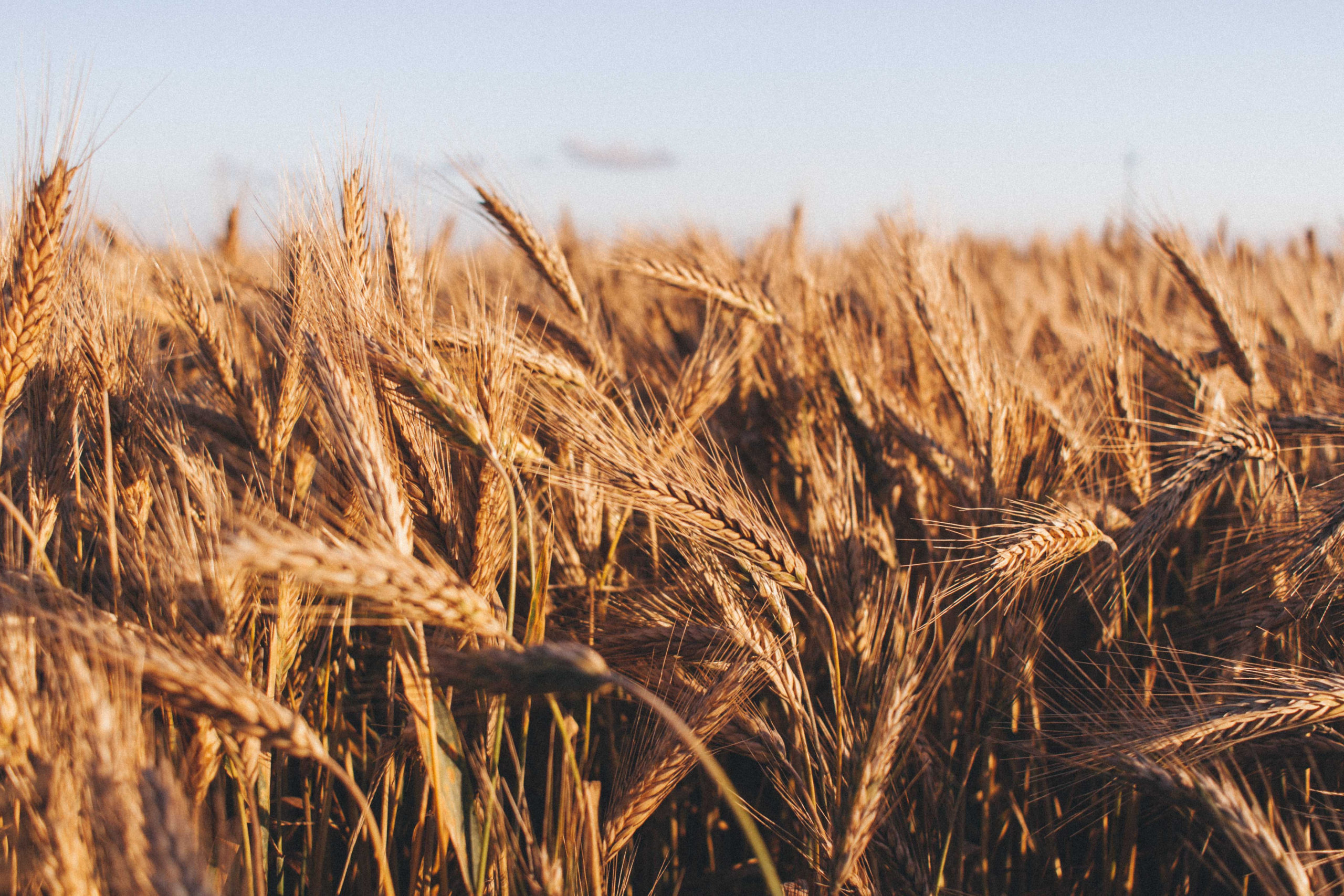- A great way to incorporate fun into establishing healthy morning mealtime habits is to make a yogurt parfait bar with healthy options of Greek yogurt, lots of fresh fruit, and granola made with oats and/or various nuts and seeds. TIP: When choosing Greek yogurt, opt for the unflavored variety. This will save greatly on the sugar content, and you can add your own toppings to create the flavor profile you like best. A few of my favorite yogurt brands are Siggi’s, Fage or Stoneyfield Farms.
- Another great option is an omelet or frittata prepared with 2 eggs and lots of veggies, served with a sliced grapefruit, and 1 piece of toast. This easily covers all of the nutrient recommendations we have discussed, and is delicious and filling.
- One of my favorite cuisines is Mexican and a fan favorite meal to order when going out for brunch is huevos rancheros. Making this dish at home meets the recommendations for protein from the black beans and eggs, vegetables from the tomatoes, and grains from the toasted corn tortillas. Enjoy with a glass of juice and you’ve met all of the recommendations and enjoyed a delicious, nutrient dense meal!
- If you have more of a sweet tooth, try this recipe for Banana Bread which incorporates not only the bananas as the fruit recommendation, but also whole grains, and vegetables by using pureed cauliflower as well. You can also try my Carrot Apple Muffins. BONUS: Add some extra protein by throwing in some chopped walnuts!
- My personal favorite healthy on-the-go breakfast is a smoothie that I make the night before and have sitting in the refrigerator, ready to be blended in the morning. I combine 1/2 cup of oats with 1 cup of almond milk, and 2 scoops of nut butter. Then I add 1/2 of a banana and a handful of seasonal berries, and top it with two big handfuls of raw spinach. Preparing it overnight allows the oats to soften and make a good base texture-wise for the smoothie. Another option on this would be to use one container of greek yogurt, or your favorite protein powder, in place of the nut butter. More smoothie recipes here
- If you need something quick and enjoy toast or English Muffins in the morning, this is always an option. Some of my favorite bread options are Ezekial, Aldi’s Simply Nature Seedtastic bread or Dave’s Killer Bread. You can also experiment by making your own bread or getting from a local bakery. Read labels and make sure you are getting simple, whole ingredients.
- If you really have a hard time eating a large breakfast and/ or incorporating vegetables into your morning meal, a good plan would be to stick with a bowl of cereal with a glass of juice, and then prepare yourself a mid-morning snack of 1 cup of raw carrots, cucumbers, or other vegetable, with 1 tablespoons of hummus. This would still help keep you on track and set you up for a healthy rest of the day.
As discussed above, we have been told for years that a healthy breakfast is the best way to start the day. However, there may be emerging research to prove that for some people, a completely different approach may be more suited for their bodies and lifestyles. Have you heard of intermittent fasting? It is taking the Internet by storm and there is much debate surrounding it. Let’s take a closer look. The theory is that intermittent fasting can produce great weight loss effects due to harnessing and understanding the effects of the hormone insulin.Insulin works as a chemical messenger in the body, alerting cells to take in glucose from the bloodstream when the body digests food. This glucose is then converted by the body into stored energy, or fat. To put it simply for the purposes of this discussion, insulin can be understood to be telling the body to store fat, rather than burn the fat already being stored within the body.
Over time, an individual may develop insulin resistance, in which their body becomes resistant to the chemical messages sent by the insulin. This causes the cells to not uptake the glucose from the bloodstream effectively and blood sugar levels remain elevated. Thus, the body needs to continually produce more and more insulin to achieve the same effect of removing the glucose from the bloodstream. In understanding insulin sensitivity, the more sensitive the body is to insulin, the more able the body is to burn fat. The less insulin is needed to digest food, the less of that food is stored as fat, the more of that food which is digested is used as energy, and the more stored fat is burned for energy.
The basic principle of intermittent fasting is that insulin sensitivity is at its peak when energy stores are depleted, or after a period of fasting. This is why the long held research indicates that breakfast, or the first meal after the fast, is the most important, because of how efficiently the body metabolizes the nutrients. Proponents of intermittent fasting suggest that the effects of fasting overnight are only compounded by increasing the duration of the fast. There are several approaches to intermittent fasting, with two primary “schedules.” Some people find success by fasting for 12 hours straight, and only consuming their daily calories during a 12 hour period. Others significantly reduce their calories for 2 days a week, and consume their traditional amount of calories every day for the remaining 5 days. One option that seems to be most realistic is the 16/8 fast. Fast for 16 hours and eat for 8 hours. So, perhaps fast from 8pm to 12pm and eat 12pm-8pm. For those who really have never been a fan of breakfast, this might work for you. However, it is important to still focus on eating well balanced and minimally processed meals. Consume high amounts of vegetables, healthy lean protein and plant-based or good quality saturated fats. We can help you find a plan that fits you.
Research is still ongoing to determine if intermittent fasting is an appropriate diet strategy for the general population, but individuals have seen great results using this method and swear by its effectiveness. What are your thoughts on intermittent fasting versus consuming a hearty breakfast? Let us know in the comments. And if you are interested in learning more about incorporating either approach into your diet and lifestyle, please reach out to us for more information!




